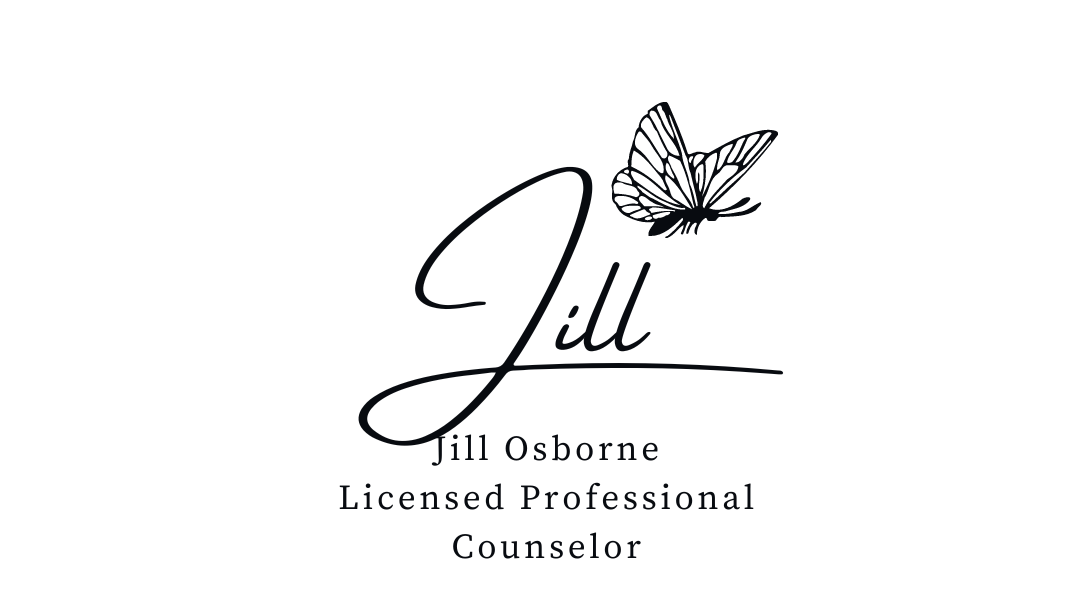
Guest Today: AnnaMarie Squailia, author of “The Hidden Swan.”
About AnnaMarie
AnnaMarie Squailia homeschooled her children for eight years and made reading an important part of that process. She knew through reading her children’s eyes would be open to the classics, and would help her children develop strong communications skills. AnnaMarie served as a youth pastor, an associate pastor, and a Girl Scout Leader for several years. Through her experiences with both her own children and the children she mentored, she saw a need to create interactive books that gave children a safe haven to share their thoughts and challenges. The Hidden Swan is the first in a series of books that encourage communication and builds self-confidence.
Synopsis of “The Hidden Swan”

By using the story of the Ugly Duckling The Hidden Swan weaves self-help material into the questions and activities in the Character Building Section. There are both easy and hard questions and low cost activities, which makes them perfect for a wide age range.
The Hidden Swan helps builds the foundation of communication which every parent wants when their children reaches those turbulent teenage years.
Like every other skill, it takes practice. The Hidden Swan help adults start conversations with the children they love, helping them develop effective communication skills. After the Character Building Section, there is a section of possible answers to the questions. This acts like a springboard to help adults dive into a conversation with their children. Tough times require strong communication skills for all of us.
What age/population is appropriate for your book?
6-9 years old
What kinds of activities and topics are discussed in the book?
The topics discussed in the book are; Overcoming Loneliness, Being Brave, Being Responsible, Preventing Bullying, Recognizing Differences in Others, Self-Acceptance, and Surviving Hardships.
Below are three activities I have in the book.
Blindfold your mother or father and then lead them around your house. How are you responsible for them? How would you feel if someone was leading you around blindfolded and let you run into something?
Trace your child’s hand on a piece of paper two times. For the first tracing, have all of the fingers and the thumb spread out. This will look more like a turkey. For the second tracing have the fingers together and the thumb spread out. This will look more like a swan. Have your child color the spread out tracing as ugly as possible. Have your child color the second one beautifully. Talk about how both are the same hand, but one looks ugly and one looks beautiful. Discuss that what is inside is the most important, not how people see the outside.
Make a large flower out of construction paper. On each petal, write down one thing that makes you unique and special. Ask your friends and family members what they think makes you special and unique, and add those things to the flower petals. Put the flower on your bedroom door to remind you how special your really are.
What was your inspiration for writing this book?
While I was homeschooling, I always looked for books that I could teach life events with the story. Not finding them, I would make up questions to ask my children. People would comment on how wonderful they were and would ask me for my secret. It was building the lines of communication with them.
I had always wanted to write a book but was afraid. One day I thought I am just going to do it no matter how scary it is. It was easy after I decided to do it.
Do you have another job besides writing? What is it?
For the last 13 years, I have worked fulltime at a casino. Right now, I am in the games department. I know how to deal most of the games in the club. I have also had an on-call job as well for those 13 years. I worked my fulltime job at night when the kids were sleeping. Then would home school them during the days. I gave up being a Girl Scout Leader when I started writing The Hidden Swan. The kids chose to go to high school so now I am just working my two jobs, promoting The Hidden Swan, and working on another book. I am asked a lot how I do it because I have also been a single mom for those 13 years. I tell people you can do anything you choose to do.
What other books or projects are you working on?
I am so close to finishing my second book. I am expecting it to be ready in two months. I am looking for someone to do the cover. This one will be the Character Building Section for any Cinderella book. I wanted to have one that was low cost. If I am not paying for illustrations or a hard cover I can offer it for a lower price. It will be like a self-help (Cliff Notes) for Cinderella.

